
Scientifica’s must-read neuroscience stories from January 2019
Scientifica’s selection of must-read neuroscience stories include a way to influence learning success, a new technique for tracing neural connections and a 3D-printed implant that can treat spinal cord injury. We hope you find these interesting!
1. Inside the world of rodent chatter
Scientists at Washington University School of Medicine have developed software called DeepSqueak that can detect rodent vocalisations.
The researchers discovered that rodents have around 20 calls. When male mice are together, they make the same calls repeatedly, but when they are near a female mouse, they break into song.
Translating rodent talk
2. Robots to perform spinal surgery with pinpoint accuracy
A team of researchers at Nottingham Trent University have developed a system where two robotic arms perform spinal surgery with greater accuracy than humans can.
The two arms semi-autonomously drill holes in individual vertebrae, and are able to move naturally with the patient’s spine while they are drilling. The drilled holes are then used to attach rod deformity reducers that enable surgeons to realign the spine.
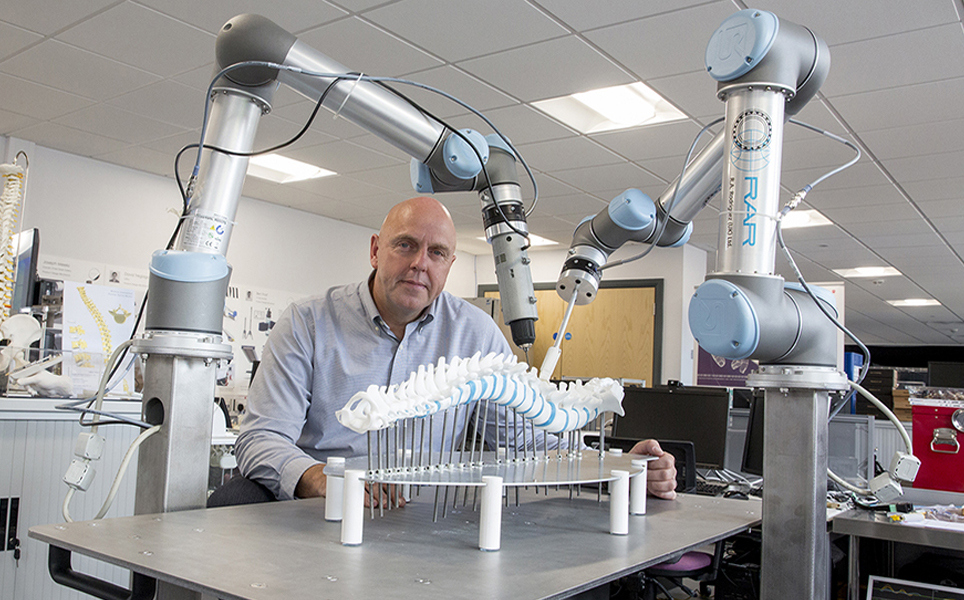
Pinpoint precision
3. 3D printed implant promotes nerve cell growth to treat spinal cord injury
Researchers at the University of California San Diego have 3D printed a spinal cord, loaded it with neural stem cells and successfully implanted it into sites of severe spinal cord injury in rats.
These implants acted as scaffolds which supported tissue and nerve growth at sites of injury. The scaffolds guided regenerating axons, ensuring they were aligned from one end of the spinal cord injury to the other, completing the connection.
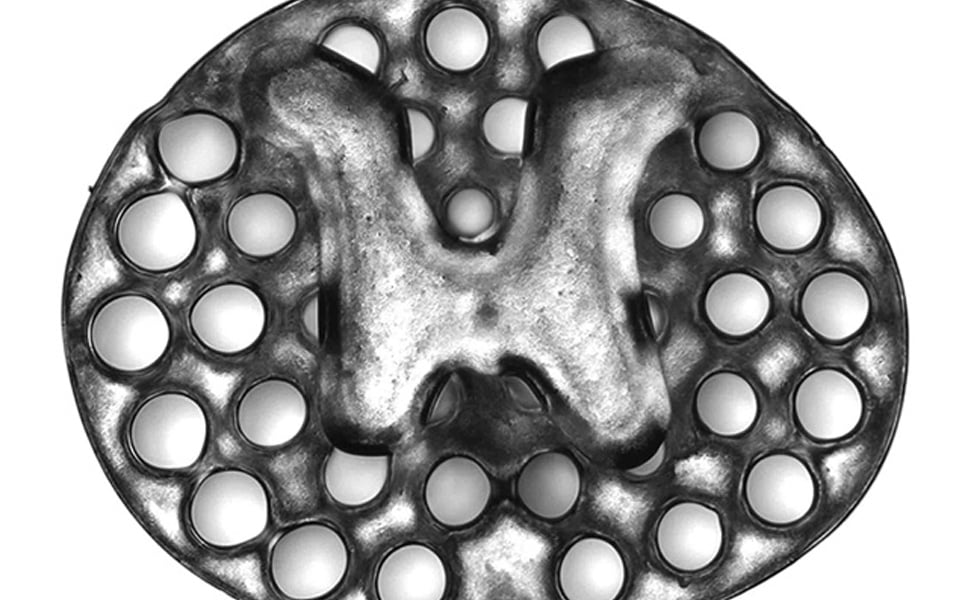
Spinal cord scaffold
4. Imaging nerve-cell interactions
Researchers at Ludwig-Maximilians-Universität (LMU) München have developed a new imaging technique, named vDISCO, that can make tissues, organs and whole organisms transparent.
This makes individual cells and groups of cells easier to visualise. The whole nervous system of small mammals can be seen, and researchers can trace cellular interactions.
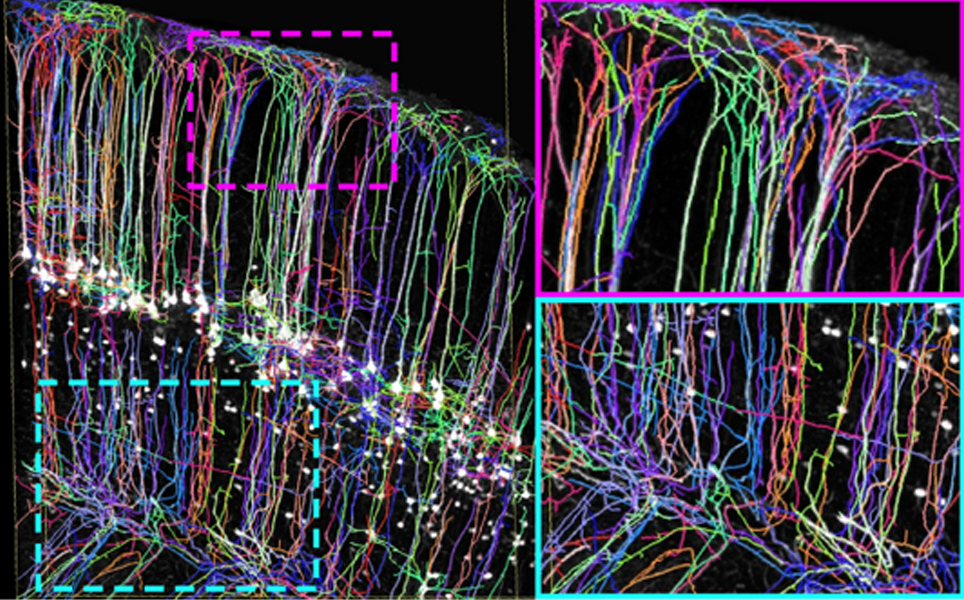
Image interactions
5. How game theory can bring humans and robots closer together
Game theory has been used for the first time, in combination with adaptive control, to enable robots to assist humans.
The team of scientists at the University of Sussex, Imperial College London and Nanyang Technological University, adapted game theory to programme a robot to better anticipate its human users movements and respond to them. The researchers believe that this method could enable robots to support humans in a variety of situations, including sports training, physical rehabilitation and shared driving.
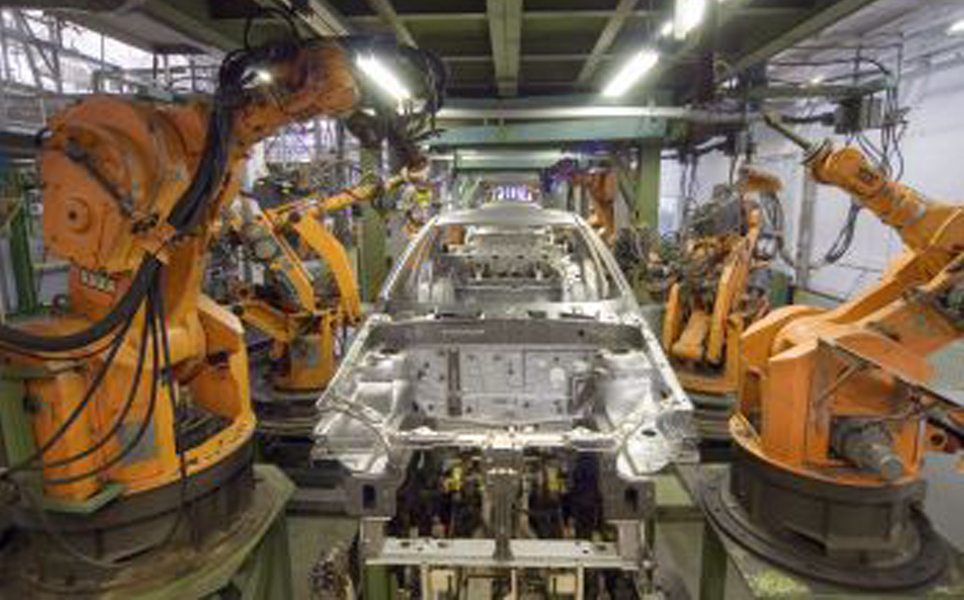
Working with robots
6. Neurofeedback helps to guide learning success
Neuronal alpha oscillations are used to filter information by shutting down the flow of information in certain areas of the brain. A team of scientists at Ruhr-Universität Bochum have found that these oscillations can be specifically influenced, enabling subjects to influence their learning success.
In the study, subjects took part in neurofeedback training, where they learned which thoughts and feelings could increase and decrease alpha oscillations in sensory processing regions of the brain. To test the effects of this, the right index finger of the participants was electrically stimulated for 20 minutes, which stimulates cortical learning and improves the sense of touch. The researchers found that participants who had successfully strengthened their alpha oscillations had a significantly improved sense of touch.
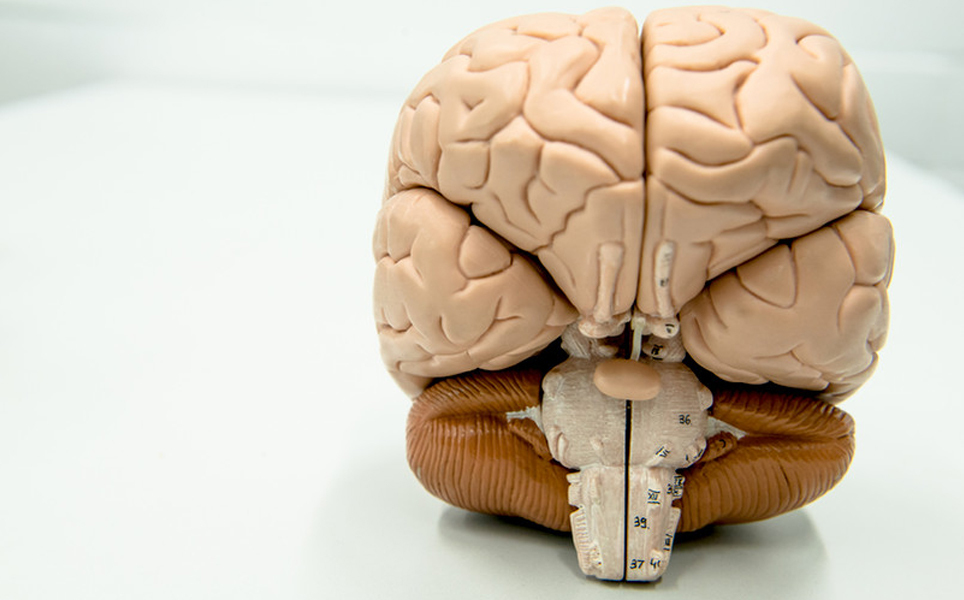
Making brainwaves!
7. Mapping the brain at high resolution
MIT researchers have developed a new technology that utilises lattice light-sheet microscopy in combination with expansion microscopy to enable the brain to be imaged faster and at higher resolution.
The team used the technique to image the entire fruit fly brain and a large section of the mouse brain at higher speeds than has been possible before. They were able to analyse millions of synapses in the somatosensory cortex of mice in just a few days. Patterns of axon myelination were also studied using this technology, and the researchers were even able to image organelles inside neurons.

See the brain in HD
8. Blood test detects Alzheimer’s damage before symptoms
A study by Washington University School of Medicine in St. Louis and the German Center for Neurodegenerative Diseases has found that a simple blood test can reliably detect signs of brain damage before symptoms of Alzheimer’s disease appear.
The test detects a structural protein named neurofilament light chain, which leaks out from neurons when they are damaged or dying, into the cerebrospinal fluid and then the bloodstream.
Detecting damage
9. iMT: Creating a Blueprint for Cortical Connectivity
Researchers at the Max Planck Florida Institute for Neuroscience have developed a new technique that can trace neural connections with unparalleled sensitivity.
The technique, named intersectional monosynaptic tracing (iMT), is similar to monosynaptic tracing but with an additional genetic component. It is in the early stages of development but has the potential to provide a detailed circuit diagram of the brain, which can then be used by neuroscientists.
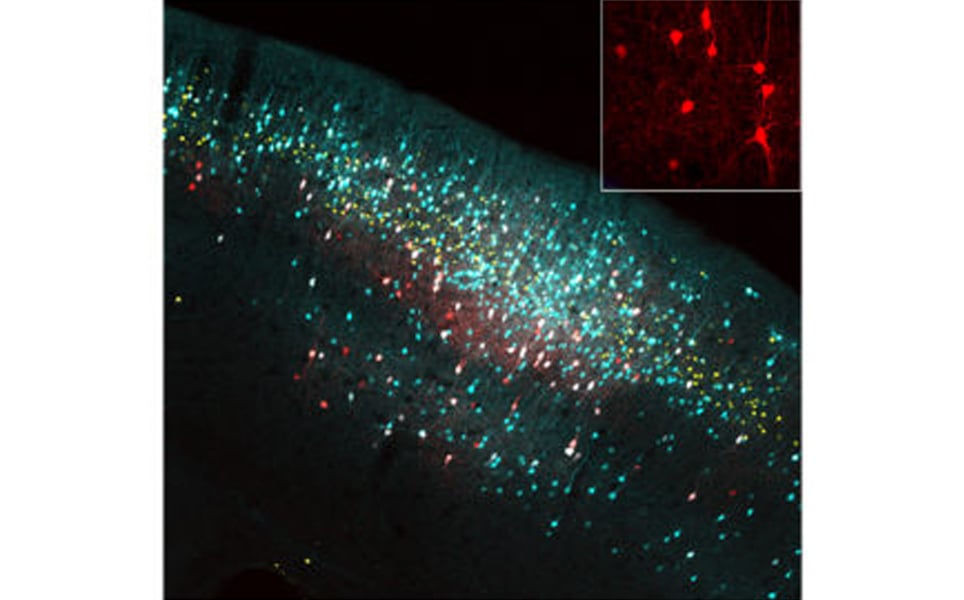
Find out more about iMT
10. All too human
Scientists at the Weizmann Institute of Science have carried out research that suggests that as our brains get more advanced, they are more prone to develop disorders such as ADHD, anxiety and autism.
The researchers explored the differences in the neural code of human primates in comparison to non-human primates. The results suggested that the neural code in the more-evolved pre-frontal cortex of humans is more efficient than the amygdala in both humans and monkeys. The neural code in both the pre-frontal cortex and amygdala was more efficient in humans than in monkeys. However, when a neural code was more efficient, it was more prone to errors than a less advanced neural code.
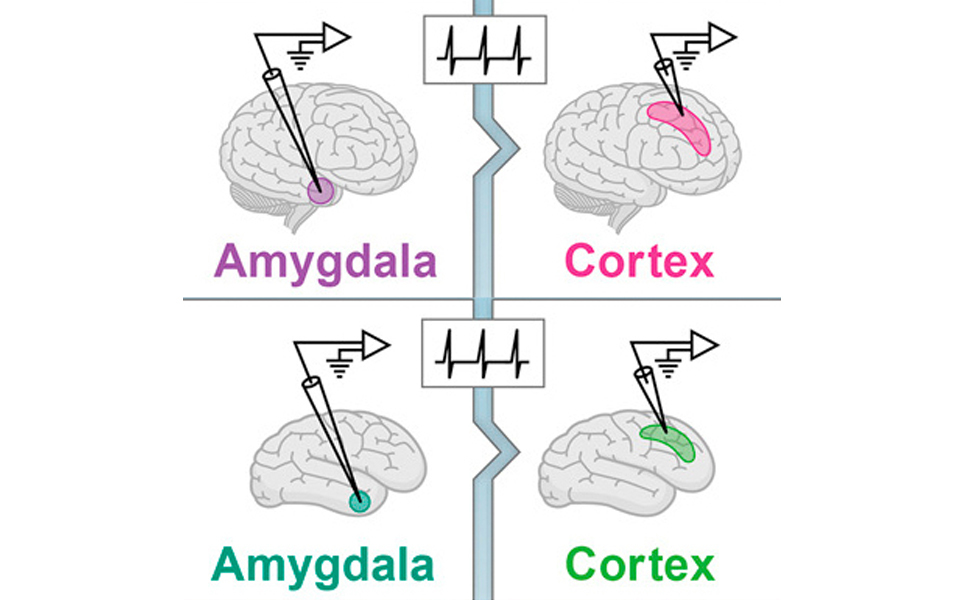
Complex brain
Banner image credit: erturklab
Take a look at the previous top neuroscience stories...
Find out about Scientifica's latest product releases, company news, and developments through a range of news articles, customer interviews and product demonstration videos.

)